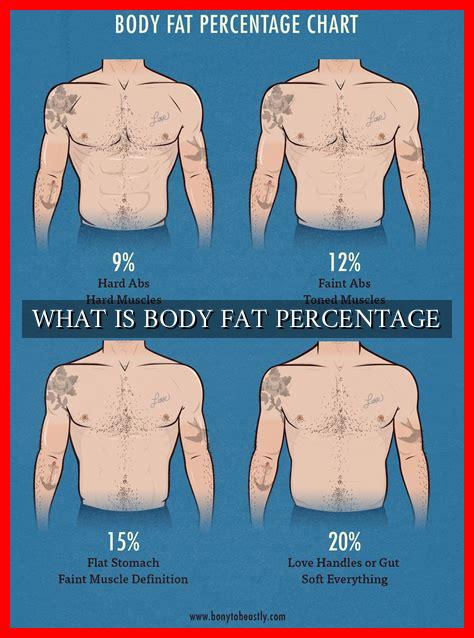-
Table of Contents
Understanding Body Fat Percentage
Body fat percentage is a crucial metric that provides insight into an individual’s overall health and fitness level. It refers to the proportion of fat mass in relation to total body weight. While some amount of body fat is essential for various physiological functions, excessive body fat can lead to health issues such as obesity, heart disease, and diabetes.
Importance of Body Fat Percentage
Knowing your body fat percentage is essential for several reasons:
- It helps assess your overall health and fitness level.
- It provides a more accurate measure of progress than weight alone.
- It can help determine the risk of developing certain health conditions.
How to Measure Body Fat Percentage
There are several methods to measure body fat percentage, each with varying degrees of accuracy:
- Calipers: This method involves using skinfold calipers to measure the thickness of skinfolds at various sites on the body.
- Bioelectrical Impedance Analysis (BIA): BIA devices send a low-level electrical current through the body to estimate body composition.
- Dual-Energy X-ray Absorptiometry (DEXA): DEXA scans provide a detailed analysis of body composition, including bone density and fat distribution.
Healthy Body Fat Percentage
The ideal body fat percentage varies depending on age, gender, and fitness level. Generally, a healthy body fat percentage ranges from:
- For men: 10-20%
- For women: 18-28%
It’s important to note that these ranges can vary based on individual factors such as muscle mass and bone density.
Effects of High Body Fat Percentage
Excess body fat can have detrimental effects on health, including:
- Increased risk of heart disease and stroke
- Higher likelihood of developing type 2 diabetes
- Joint pain and mobility issues
Reducing body fat percentage through a combination of diet and exercise can help mitigate these risks and improve overall health.
Case Study: The Impact of Body Fat Percentage
Research conducted by the National Institutes of Health (NIH) found that individuals with a higher body fat percentage had a greater risk of developing metabolic syndrome, a cluster of conditions that increase the risk of heart disease, stroke, and diabetes.
For example, a study published in the Journal of Clinical Endocrinology & Metabolism demonstrated that reducing body fat percentage through lifestyle modifications such as diet and exercise led to significant improvements in metabolic health markers.
Summary
Body fat percentage is a critical indicator of overall health and fitness. By understanding and monitoring your body fat percentage, you can make informed decisions to improve your health and reduce the risk of chronic diseases.
. Remember that achieving a healthy body fat percentage is not just about aesthetics but also about promoting longevity and well-being.





